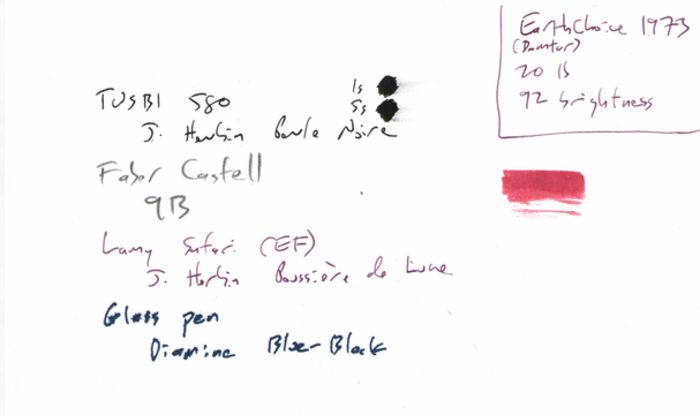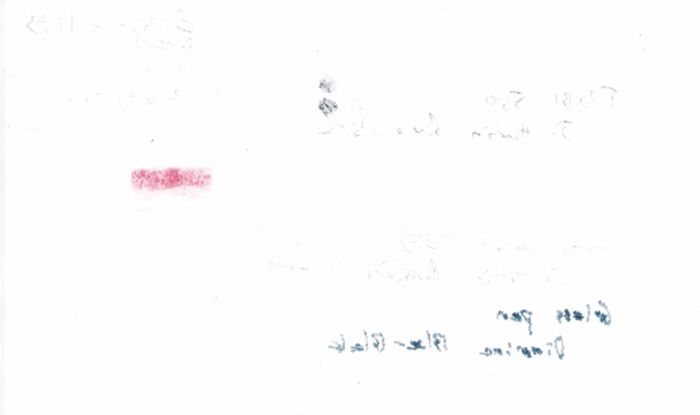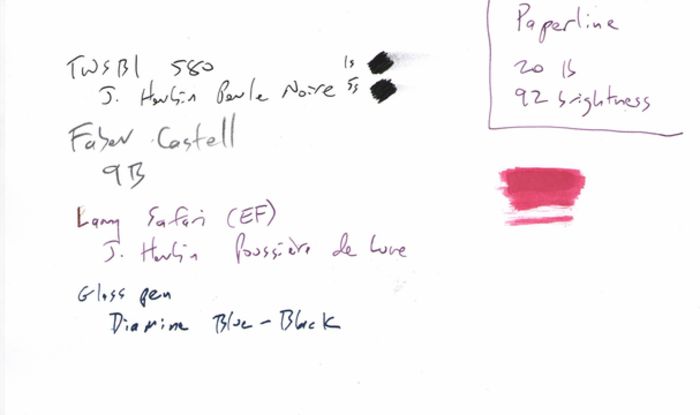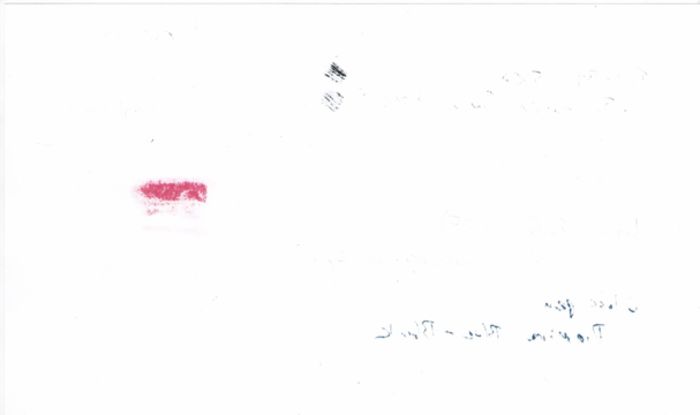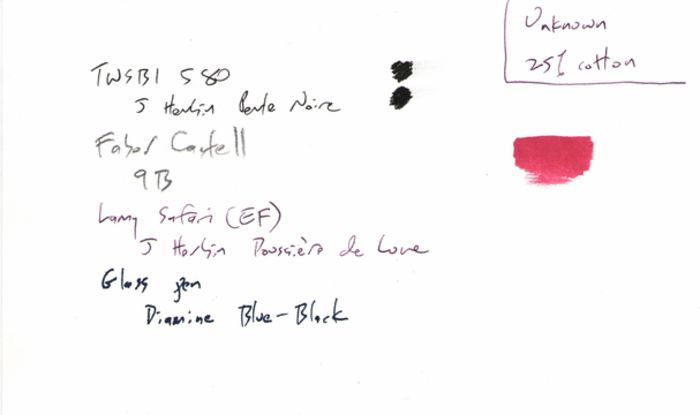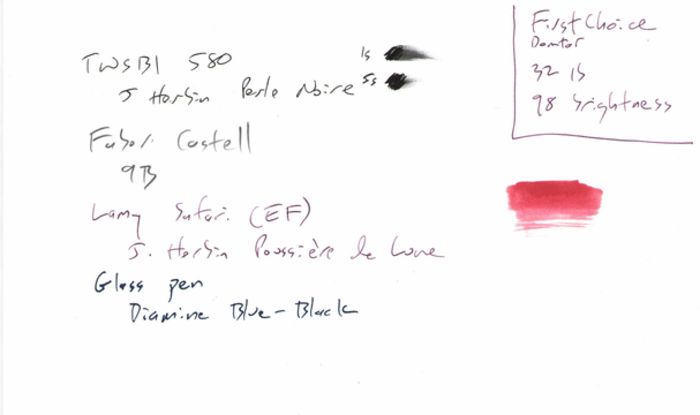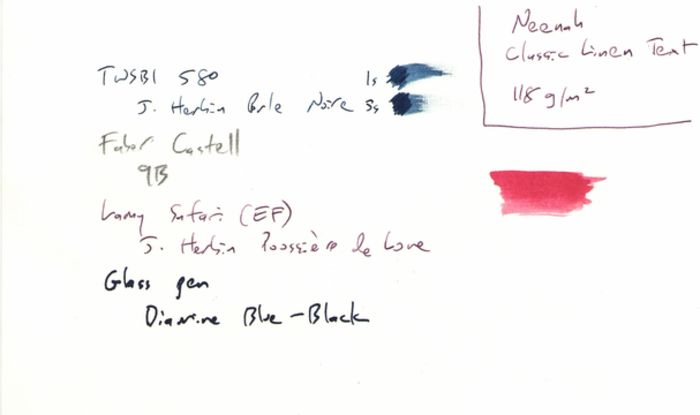I use fountain pens. I’m going to start posting about that, but first I’m going to examine paper. Fountain pen users take a great interest in paper, because the ink can easily smear, feather or bleed through to the other side.
Notebooks seem to be the choice of many—most?—people who take more than the usual amount of interest in what they write on every day. At web sites like The Pen Addict and The Well-Appointed Desk there are lots of reviews of notebooks from Moleskine, Baron Fig, Field Notes, Rhodia and others.
I don’t use notebooks. I have no place for them in my set of tools. I use:
- A Filofax.
- Sketchbooks for sketching and commonplace books.
- Small Rhodia pads of paper (perforated for easy tearing) for quick notes.
- 8.5 x 11 inch (letter-size) paper, for all my usual writing.
When I’m working on a project, I use a file folder to keep notes, not a notebook, so I want proper writing paper. I live in Canada, so that means 8.5 x 11 inch.
Experimenting
I decided to test out various weights of paper and find one I liked and could put into regular use. It needed to feel good in hand and not bleed ink through to the other side. I grabbed a few sheets of stuff we use at work, then tested some stationery I had at home. It seemed like 120 gsm (32 pound) was the heaviest mass-production letter paper I could buy, so I got two types of that.
On each sheet I wrote something with a TWSBI Diamond 580 with an extra-fine (EF) nib inked with J. Herbin Perle Noire (a beautiful black), a Lamy Safari with an EF nib inked with J. Herbin’s Poussière de Lune (burgundy), a glass dip pen with Diamine Blue-Black and a Faber-Castell pencil (9B—very soft) I also used a small watercolour brush to put on some J. Herbin Rouge Opéra ink (darkish red).
Weights
The most important thing about paper is its weight, called the grammage. In North America the weight is usually given in pounds: 20 pounds is the usual weight for the paper you’ll find in a printer, but if you’re getting good watercolour paper (like something from Canson, my preferred source) it’ll be around 140 pounds. This is all calculated from “basis weight” and different sizes of paper and can be confusing, like most things involving Americans and imperial units (e.g. the Mars Climate Orbiter).
As you’d expect, the metric system has made this all very sensible: it uses grams per meter squared (g/m²) or gsm. Even Americans will talk about paper weight using this unit, because (as far as I know) the best writing paper comes from outside the US, and that’s how it’s labelled.
Papers
If Rhodia made a pad of letter-size paper I certainly would have tried it, but they quite rightly use A4, so that’s out.
EarthChoice Office Paper, 75 gsm
EarthChoice Office Paper, made by Domtar, is what we usually have on hand where I work.
It feels like normal paper, until you’ve handled heavier stuff, after which it seems very flimsy. On the front it looks all right, but ink really bleeds through. The ink on the glass pen really feathered.
Paperline, 75 gsm
This Paperline stuff was another type we had at work. It’s very similar to the EarthChoice Office Paper, but felt a little more finished. The glass dip pen didn’t feather.
Unknown, about 90 gsm
I had some personal stationery at home that was 25% cotton and had a bit of tooth to it. I estimate it was 24 pounds, or 90 gsm. It’s very nice, but it bleeds a bit.
First Choice ColorPrint (by Domtar), 120 gsm
Here I got into heavy paper, and as soon as I tried First Choice ColorPrint (made by Domtar), at 32 pounds, I knew I had the weight I wanted. This stuff is designed for colour printing and is extremely white and very, very smooth. It feels very heavy in the hand, and no ink bleeds through.
I got this at Staples. The web site says it’s about $17 for 500 sheets.
Classic Linen (by Neenah), 118 gsm
This is Classic Natural White (which is creamy) in Neenah’s Classic Linen line at “text” weight. “Linen” refers to the finish, which has a bit of texture, like the cloth. You can see it in the pencil if you look closely. This paper also feels nice and heavy, and no ink bleeds through.
I got this at Print City, in downtown Toronto by Bloor and Avenue. I use them for any printing I need done. Highly recommended. I went in and said what I was after and they sold me 500 sheets of this for $50. That’s not cheap, but it’s what this kind of paper costs. They don’t sell this kind of thing at Staples, and I might have been able to get it cheaper at Amazon, but I don’t shop there.
Results
I’m using the Neenah linen paper now, and will stick with it for a while, then may go back to the First Choice. Both have the weight I like, and now it’s a matter of seeing how I like the finish and the way they feel.
If you’re doing serious writing on letter or A4 paper, don’t use the flimsy stuff you find in your printer at work. Go get some heavy paper at 120 gsm. As soon as you hold it in your hand, you’ll know you’re ready for real writing. This is paper.
 Miskatonic University Press
Miskatonic University Press